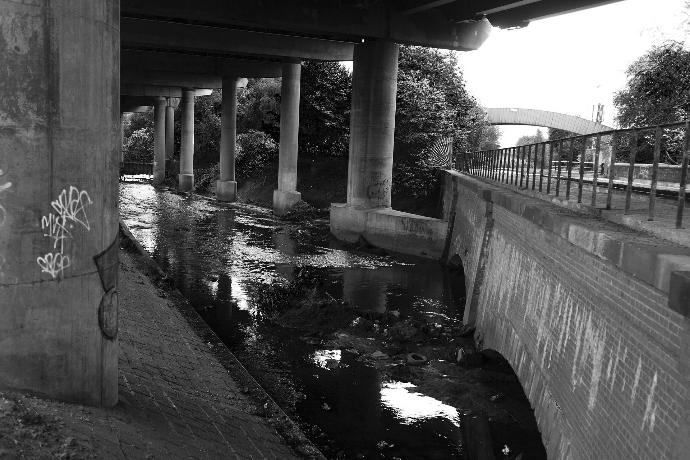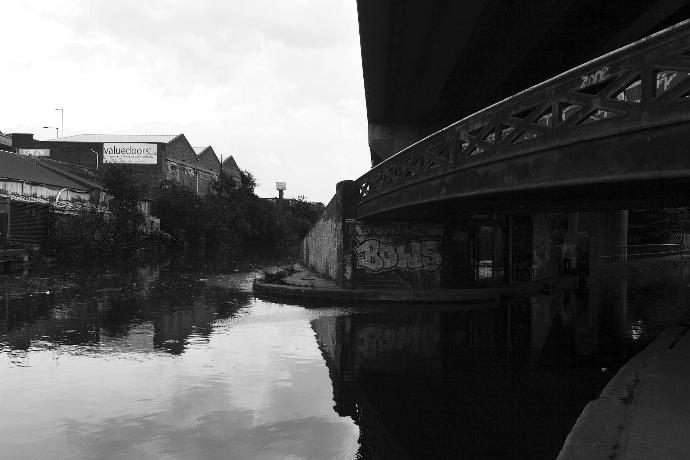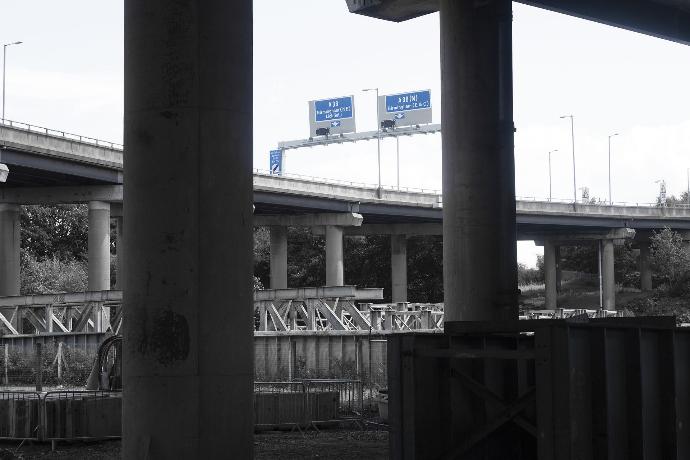The interchange's colloquial name "Spaghetti Junction" was coined in 1965 by journalists from the Birmingham Evening Mail. On 1 June 1965, reporter Roy Smith described plans for the then unbuilt junction as a "cross between a plate of spaghetti and an unsuccessful attempt at a Staffordshire knot", and a sub-editor captioned the article "Spaghetti Junction".
Great stories have a personality. Consider telling a great story that provides personality. Writing a story with personality for potential clients will assist with making a relationship connection. This shows up in small quirks like word choices or phrases. Write from your point of view, not from someone else's experience.
The journey underneath allows you to see the original river, with then the canals on top of that, then the railways, and finally the concrete-raised motorway. Whilst there is a lot of graffiti it has almost become an art form and the light and reflections bring out local photographers trying to capture the essence of the construction.
There was a lot of local disagreement and hundreds of homes were demolished to make way for the development and people were just told they were being re-housed for the benefit of Birmingham. The local Mayor at the time wanted to put Birmingham on the map and this was his way of doing it.
The junction provides access to and from the A38 (Tyburn Road), A38 (M) (Aston Expressway), A5127 (Lichfield Road/Gravelly Hill), and several unclassified local roads. It covers 30 acres (12 ha), serves 18 routes, and includes 4 km (2.5 mi) of slip roads, but only 1 km (0.6 mi) of the M6 itself. Across 5 different levels, it has 559 concrete columns, reaching up to 24.4 m (80 ft). The engineers had to elevate 21.7 km (13.5 mi) of the motorway to accommodate two railway lines, three canals, and two rivers.
The development of the interchange was approved and announced in August 1968 by the then Minister of Transport, Richard Marsh. Construction was expected to take three years and to cost £8m.
Construction started in 1968 and the junction was opened in May 1972 by the then Secretary of State for the Environment, Peter Walker. The opening was delayed by several months because of "box girder inspections". These followed the interim report of the Merrison Enquiry set up following the collapse of similar box girder bridges in Australia and Wales. In an unusual meeting of old and new transport technology, the pillars supporting the flyovers over the Birmingham Canal Navigations had to be carefully placed to enable a horse-drawn canal boat to pass under the interchange without fouling the towing rope.
The junction has undergone major repair work several times since, owing to the very heavy traffic through the junction, and some alleged cost-saving measures during its construction. In November 2007, a slip road running from Tyburn Road onto the Aston Expressway was closed to undergo urgent repair works. Upon inspection, it was found that Spaghetti Junction itself was in need of repair work because salt and grit had weakened the joints in the structure.
Underneath the motorway junction are the meeting points of local roads, the river Tame's confluences with the River Rea and Hockley Brook, electricity lines, gas pipelines, the Cross-City and Walsall railway lines, and Salford Junction, where the Grand Union Canal, Birmingham, and Fazeley Canal and Tame Valley Canal meet.
Source (part): Wikipedia





